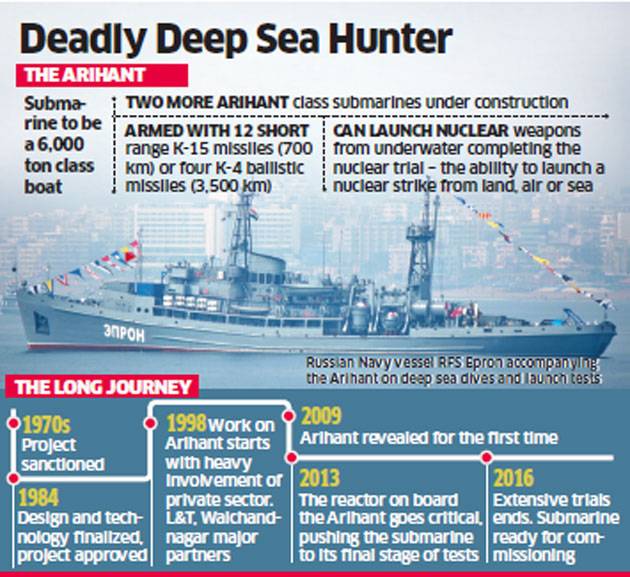7667766266
enquiry@shankarias.in
What is the issue?
What is India's nuclear vision?
Why is INS Arihant significant?

What are the countries' nuclear principles?
What is China's role in Pakistan?
What are the bureaucratic shortcomings in India?
Source: BusinessLine